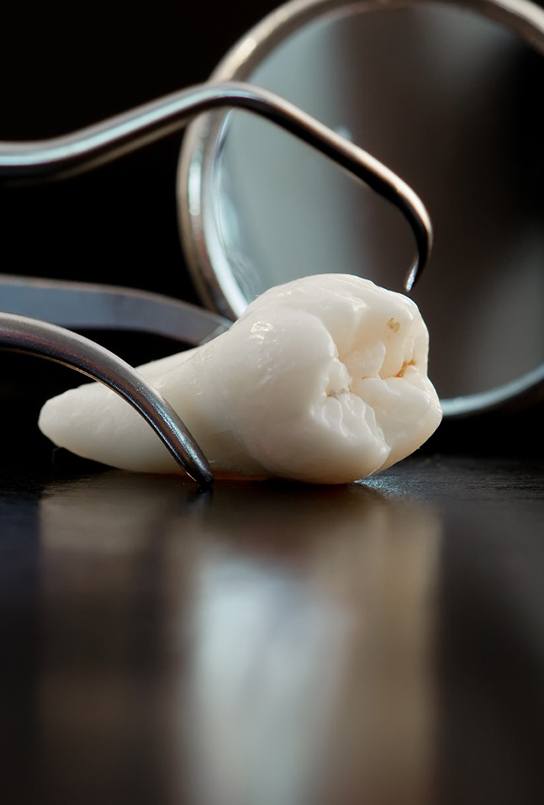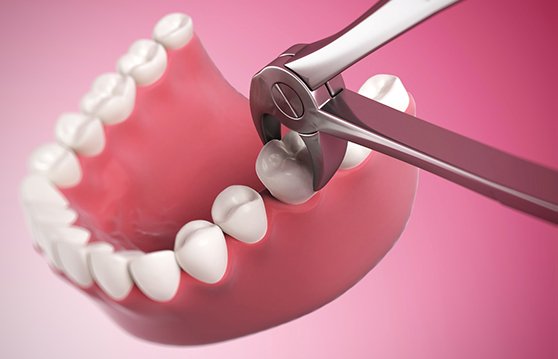Tooth Extractions – Covington, WA
Protecting Your Smile by Removing Problematic Teeth

What can you do if you have a tooth that is a serious threat to your oral health? Sometimes it may be possible to treat the issue while allowing you to keep the tooth in question, but in other cases, an extraction may be the only option. Rest assured that Dr. Navi Dhaliwal and Dr. Neveen Elabbasy will take whatever steps are necessary to make the process as comfortable as possible. Call us if you believe you will need to have a tooth removed soon.
Why Choose Complete Dental Care of Covington for Tooth Extractions?
- Team That Puts Your Comfort First
- State-of-the-Art Technology
- Various Dental Insurance Plans Accepted
Reasons Why Tooth Extractions Are Necessary

There are several situations where you may need to have a tooth removed. For example:
- You might have a tooth that is so badly decayed that there’s no longer any viable way to restore it.
- You might have severely injured the tooth in an accident.
- You might be planning to get dentures but still have a few teeth left in your mouth.
- You might need to create room for orthodontic treatment due to overcrowded teeth.
Note that a tooth extraction will never be our first choice; we will only suggest this procedure once other treatments have been considered and ruled out. Our goal will always be to do what’s best for your smile.
The Process of Removing a Tooth

We’ll begin by taking a look at your tooth in order to determine just how serious the problem is. In many situations, we may need to take X-rays. After gathering the information we need, we can decide whether a tooth extraction really is the best choice in your case.
There are two kinds of tooth extractions: simple extractions and surgical extractions.
- Simple Extractions: This procedure simply involves loosening the tooth until it can be taken out of the socket. We can perform this type of extraction for teeth that have managed to successfully emerge from beneath the gums.
- Surgical Extractions: During a surgical extraction, the gums will need to be opened so that we can get to the tooth. Sometimes bone tissue will have to be removed, and the tooth itself may be taken out in smaller sections rather than all at once. You will need a surgical extraction if the tooth is partially or fully impacted (meaning it hasn’t been able to successfully erupt).
Tooth Extraction Aftercare

A blood clot will quickly form at the extraction site as part of the healing process. You need to make sure that this blood clot stays in place, or else you could end up with a dry socket, which can be very uncomfortable. To protect your blood clot, do not drink through a straw, spit, smoke, or touch the area where the tooth used to be.
When eating, be sure not to chew with the side of your mouth where the extraction site is located. Hard and crunchy foods will be off the table for a while; stick to softer options such as scrambled eggs or mashed potatoes.
It’s normal to experience some discomfort after a tooth extraction. If you need to, you can take ibuprofen or another type of over-the-counter painkiller for relief.
